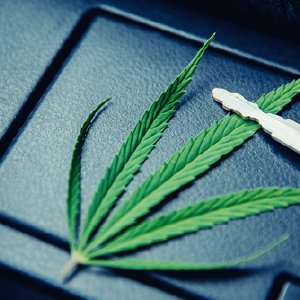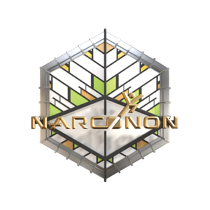Steroid Abuse Among Athletes: Prevention Tips

Regardless of an individual’s specific reasons for turning to drug use, one can assume that they are trying to solve some sort of problem. Whether this problem is physical, spiritual, mental or emotional, it is important to recognize the fact that drugs cannot actually provide a solution, and they often come with a considerable list of undesirable side effects. There are some medical drugs that can be beneficial in limited situations, but even these drugs can be abused and can cause problems for the individual. Such is the case with steroids.
Anabolic-androgenic steroids are medical drugs that are synthetically designed to mimic naturally-occurring human hormones for the purpose of yielding very specific benefits in limited medical situations. Diseases like cancer and AIDS, for example, can cause an individual to lose valuable muscle mass and so deteriorate physically, but the use of anabolic-androgenic steroids can stimulate the body to produce more muscle mass to replace what is lost. Unfortunately, few individuals are aware of this primary purpose for steroid use because steroid abuse, especially among athletes, has become so widespread and common.
Steroid Abuse Among Athletes
Due to the fact that steroids stimulate the human hormones responsible for the creation of muscle, athletes have turned to the use and abuse of these substances in order to gain performance advantages, develop their physiques more quickly than usual, and improve their body image. There is no concrete evidence that steroids actually improve an athlete’s basic ability, but since they most certainly improve an athlete’s muscle mass more quickly than through traditional muscle-building methods alone, it is no wonder their use and abuse is so widespread and common. Unfortunately, the side effects of steroid abuse are extensive, including damages to the central nervous system, the cardiovascular system, the musculoskeletal system, the immune system, the skin, the liver, the kidneys, and the reproductive organs.
Steroids are illegal without a medical prescription, which means that athletes who are abusing these drugs are usually obtaining them illegally. This further increases the risks of serious side effects and medical complications, as without any way to monitor the manufacturing process there is no way to guarantee the drug is being produced in a safe way and without unnecessary additives. This means that family members would do well to learn about the symptoms of steroid abuse so that they can step in to help a loved one receive the treatment they need if necessary.
Following are some of the most basic symptoms of steroid abuse:
- Sudden, dramatic increase in body mass
- Unusual and extreme muscle growth
- Abnormally excessive acne issues
- High blood pressure
- Euphoria
- Irritability
- Moodiness
- Aggressive behavior
- Depression
- Secretive behavior
- Excessive interest in or obsession with exercise
- Intense focus on diet and physique
An individual who is taking steroids can become very defensive about this fact, and will normally work hard to hide their steroid use from others.
Steroid Abuse Prevention Tips
As is the case with most drug substances, the key to steroid abuse prevention is education. Individuals who understand that steroids are drug substances that can have considerable negative effects on their body, their relationships, their health and their life and can lead to tolerance and addiction problems are better able to make an informed decision about avoiding the use and abuse of these drugs. Furthermore, since the use of steroids is illegal and unacceptable in most professional sports and random drug testing is often performed in professional sports, it can be absolutely detrimental to the individual’s athletic career to take these drugs.
Fortunately, steroid abuse can be successfully treated and resolved with an effective treatment program that addresses all the causes and effects of the individual’s steroid use and helps them gain the tools necessary to succeed in the future without the use of these or other drug substances.


